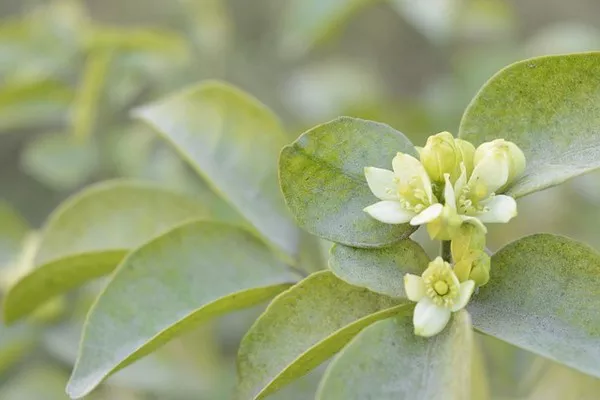Photosynthesis, the fundamental process that sustains life on Earth and provides essential resources like oxygen, food, and fuels, depends on the intricate mechanisms within plant and algae cells, specifically the chloroplasts. Scientists have recently made significant strides in understanding these cellular structures by mapping the locations of 1,034 proteins within the chloroplast of the unicellular green alga Chlamydomonas. This comprehensive spatial atlas, revealing the entirety of the organism’s chloroplast proteome, has been detailed in the journal Cell.
The study’s revelations about distinct protein localization patterns have not only unveiled new chloroplast structures but also exposed novel spatial arrangements within the chloroplast. Moreover, researchers have identified new components within known chloroplast structures, such as the chloroplast envelope, DNA-protein complexes, microcompartments for fat storage, and protein bodies responsible for capturing atmospheric carbon dioxide.
The discovery of these new components was achieved through investigations into their interactions with established proteins, often finding that many proteins reside not only within the chloroplast but also in other cellular structures. This observation suggests the likelihood of undiscovered functions and communication between these structures.
Leveraging advanced machine learning techniques, the scientists used the protein atlas to predict the locations of all Chlamydomonas proteins. This innovative approach allowed them to attribute putative functions to numerous uncharacterized proteins based on their cellular positions.
This newly created atlas serves as a valuable resource for scientists seeking deeper insights into protein functionality and the organizational intricacies of chloroplasts within the organism. In addition to elucidating the role of these proteins, researchers used artificial intelligence algorithms to predict the locations of all proteins in Chlamydomonas.
These findings carry significant implications for addressing the food, fuel, and product production challenges stemming from climate change. A solid grasp of the fundamental biology of photosynthesis is essential for engineering crop plants with enhanced productivity. The research described in this study lays the groundwork for unraveling the mysteries of the chloroplast, the core cellular structure that drives photosynthesis and, in turn, holds the potential to revolutionize agriculture and address global environmental challenges.


